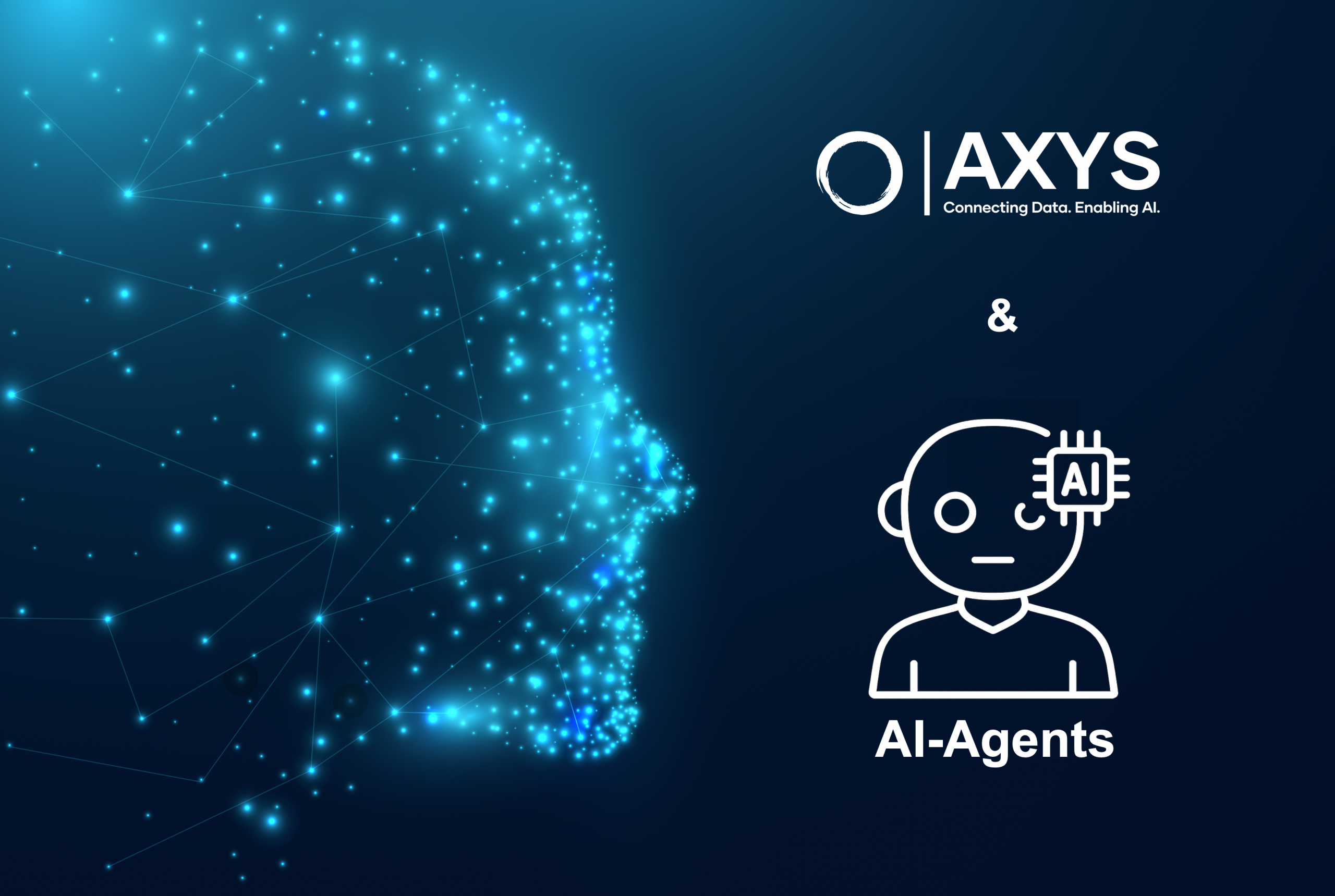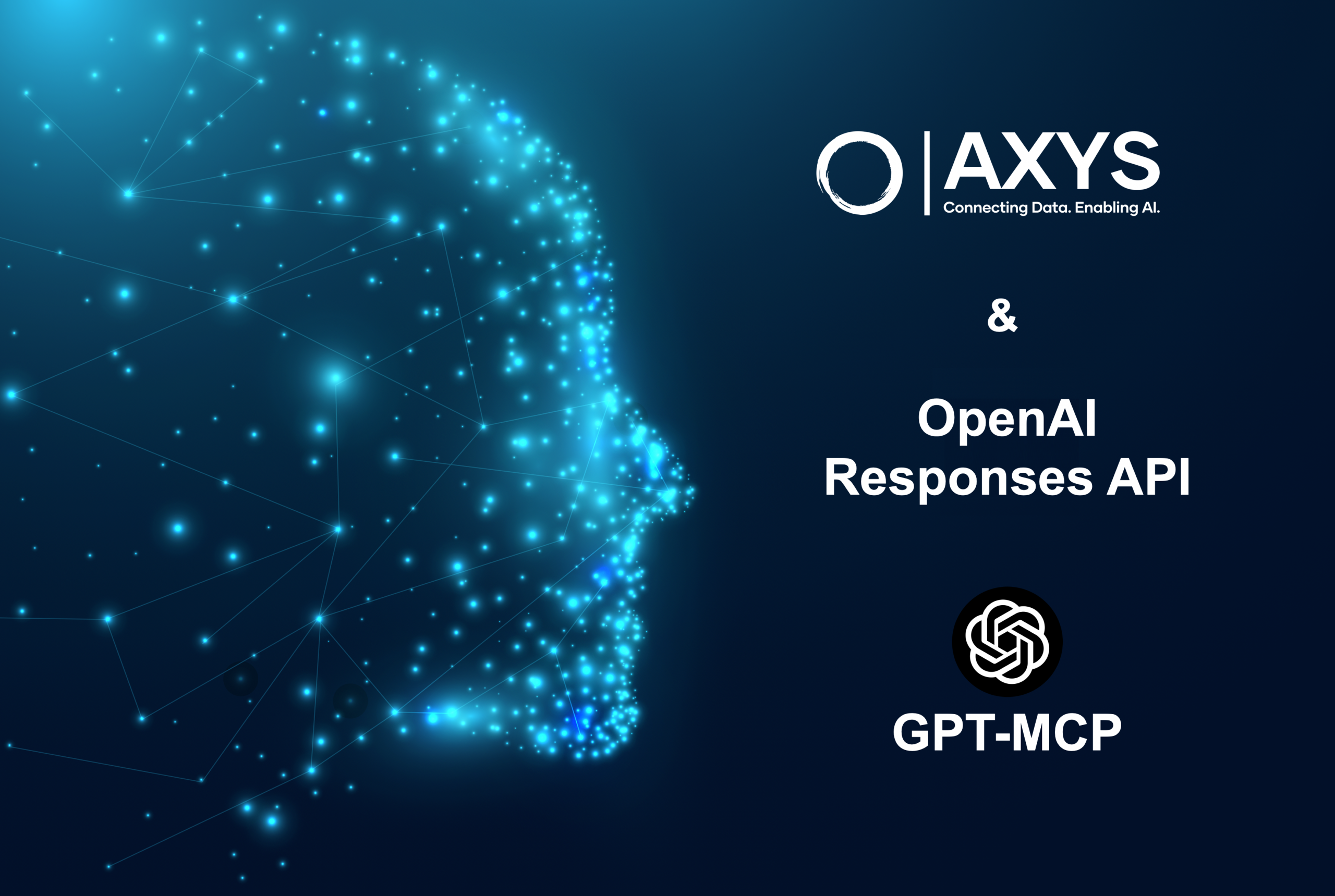A Chief Data Officer (CDO) manages and leverages an organization’s data assets. One important aspect of this role is to break down data silos, which refers to the isolation of data within different departments or systems.
This includes ensuring the quality, accuracy, and security of data and ensuring that data is being used effectively to support the organization’s goals and objectives. Other responsibilities of a CDO may include the following:
- Developing and implementing data policies and procedures
- Creating and maintaining a data architecture that supports the organization’s needs
- Managing the organization’s data assets, including data warehouses, data lakes, and data marts
- Overseeing data analytics and reporting, including the development of dashboards and other visualizations
- Ensuring compliance with data-related regulations and laws
- Working with other departments and stakeholders to identify and meet their data needs
- Managing data-related projects and initiatives.
However, if CDOs are not managing distributed data accurately, it can be difficult for employees to access the information they need to do their jobs effectively. Data gap, in the context of Accenture, refers to the difference between the data an organization currently has and the data it needs to make informed decisions and improve its operations.
So, it is important for organizations to continuously monitor and address their data gaps in order to keep up with the growing amount of data and changing business needs. Also, by implementing effective data management and analytics practices, organizations can close the data gap and make better use of their data to drive business growth and success.
How Axys Helps to Break Down Distributed Data
To break down data silos, a CDO can take several steps, such as:
Identifying the data silos in the organization
This involves understanding where an organization stores data, who has access to it, and what barriers exist to sharing it.
Establishing a Centralized Data Repository
By creating a single location where an organization stores, and access data; a CDO can make it easier for employees to find the information they need.
Encouraging Data Sharing
A CDO can promote a culture of data sharing by encouraging employees to share their data with others and providing them with the tools they need.
Creating Data Governance Policies
CDOs can develop policies that govern how data is collected, stored, and shared to ensure data quality and security.
Providing Data Access and Visualization Tools
CDO can provide employees with tools that make it easy to access, analyze, and visualize data, regardless of where an organization stores its data.
So, by helping to break down data silos, a CDO can also help an organization become more data-driven, increase collaboration, and better use its data assets.
How to Choose the Best Tool for an Organization?
Here are some important points for choosing the best tool for an organization to manage data:
Data integration: The tool should be able to integrate data from different sources and systems, such as databases, applications, and external sources.
Data quality: The tool should have built-in data quality checks and validation processes to ensure that the data is accurate and consistent.
The Data Governance: The tool should support data governance, including the ability to set up data access controls, manage data lineage, and track data usage.
Scalability: The tool should be able to handle large volumes of data and be able to scale as the organization’s data needs grow.
Security: The tool should support data security measures such as encryption and access controls to protect sensitive data.
Cost: The tool should be cost-effective and within the budget allocated for it.
User-friendly: The tool should be easy to use and have a user-friendly interface to help non-technical users to access and manage data.
Support: The tool should have a good support system and training resources to help the organization’s staff to learn how to use the tool effectively.
Considering these factors, a CDO can select a tool that will meet the organization’s needs and effectively manage distributed data. Axys covers all these requirements and provides all the functionalities to manage distributed data for organizations.
How does Axys Help CDOs?
The steps mentioned above to break down data silos are manual steps recommended by CDOs. Here we are presenting a No-Code solution to automate all these steps with our Axys solution. However, Axys allows the collection and manages data by connecting multiple data sources simultaneously. The automated integration functionality provides ease and saves the time required to perform the technical staff by handling the numerous manual tasks required to incorporate siloed data.
It refers to isolated databases or systems that do not share information with one another. Automated integration is the process of using software tools to connect and share data between these silos automatically. This can be done through the use of Axys No-Code data integration solution. By breaking down data silos, organizations can improve data accessibility, increase efficiency, and make better data-driven decisions.


